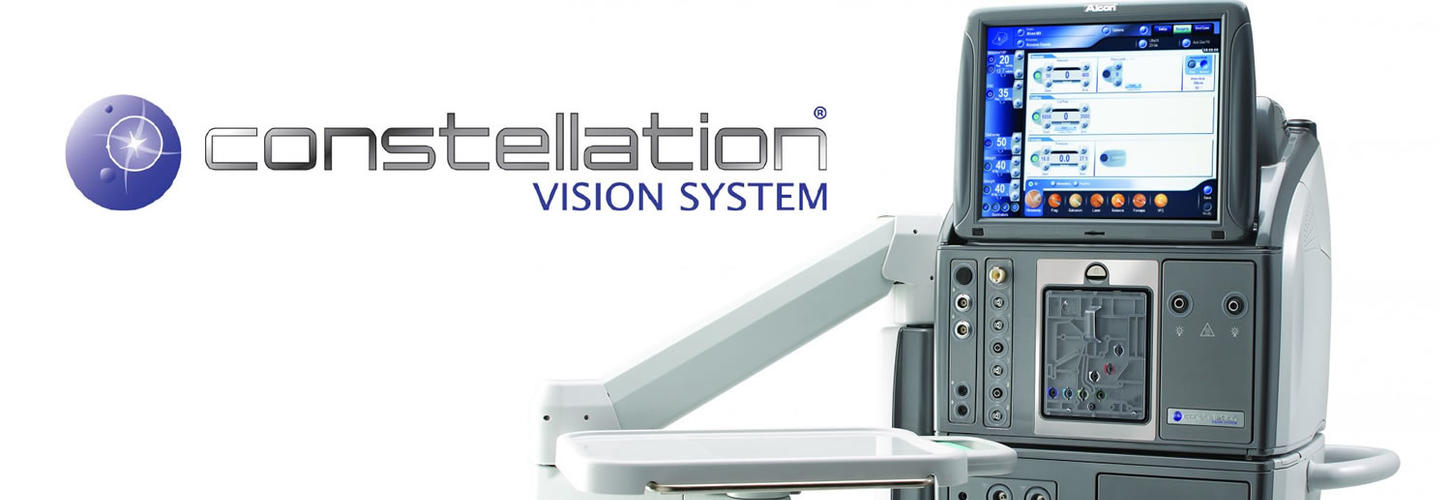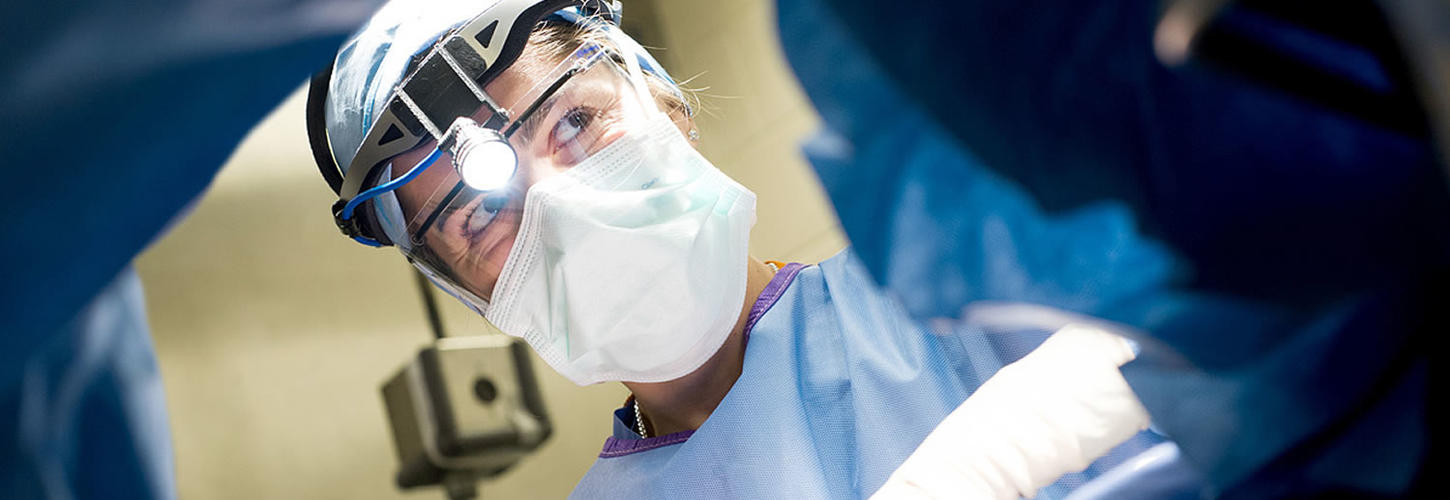La Antigua Guatemala
La Antigua Guatemala



A tradicional surgery for retinal detachment.
The surgery is performed under local or general anestesia. The surgeon first treats the retinal tear with cryotherapy by placing the cryoprobe on the outside of the eye (the sclera) and freezing the tear. A piece of silicone plastic or sponge is then sewn onto the outside wall of the eye (sclera) over the site of the retinal tear. This pushes the sclera in toward the retinal tear and holds the retina against the sclera until scarring from the cryotherapy seals the tear. This surgery is called scleral Buckling because the sclera is buckled (pushed) in by the silicone. The buckle is covered by a thin tissue called the conjunctiva and is left on the eye permanently. The buckle may also be placed all around the outside circumference of the eye.
This is called an encircling scleral buckle or band. The purpose is to reduce the pulling of the vitreous on the retina as well as to seal the retinal tear. During the surgery, the surgeon may drain the fluid from beneath the retina by passing a small needle through the sclera into the space where the retina is detached. The fluid under the retina drains through the needle, and the retina reattaches.
Occasionally, the surgeon may place a gas bubble into the vitreous cavity. Following surgery, the patient is positioned so that the gas bubble rises and pushes the retinal tear against the scleral buckle to help keep the tear closed.
In most cases, there is a better than 80% chance of successfully reattaching the retina with one operation. With additional surgeries, more than 90% of detached retinas can be reattached. However, successful reattachment does not necessarily mean restored vision. The return of good vision after surgery depends on many factors. Most important is whether the macula was detached prior to surgery and, if so, for how long. If the macula was detached, vision usually does not return to normal. In some cases, even if the macula was still attached before the surgery, and even if the surgery results in successful reattachment of the retina, some vision may be lost. Fortunately, if the retina is successfully reattached, vision usually improves. The best vision does not occur for many months after surgery. If the first retinal detachment operation fails, a second surgery is usually possible.
It is another type of surgery that can be performed for some retinal detachment.
Pneumatic retinopexy is performed on an outpatient basis using local anesthesia, and is often done in your doctor's office.
Cryotherapy is first performed to seal the retinal tear. Then, instead of placing a scleral buckle on the outside of the eye, the surgeon injects a gas bubble through a fine needle into the vitreous cavity. The patient is instructed to tilt his or her head in a specific position so that the gas bubble will float to where the retinal tear is located. The bubble pushes the detached retina against the back wall of the eye to close the retinal tear. The patient is asked to remain in this position for several days until the retinal tear is sealed by the cryotherapy against the back wall of the eye. Your surgeon will tell you how long special positioning is necessary. In some cases, laser or cryo treatment is performed a day or two after the gas bubble is injected.
The eyelid is frequently swollen, and the white of the eye may be red for several days. The vision is usually blurred for several weeks as the eye and the retina heal. The bubble in the eye moves as the head is tilted from side to side, and causes a shadow to be seen in the lower part of your vision. Sometimes a patient may see a large bubble and a few smaller bubbles. This is normal and not a cause of concern. Antibiotic eye drops may be used during the days following the surgery. Since the retinal tissue in the eye is slow to heal, it usually takes several months before the best vision is obtained.
The gas bubble in the vitreous cavity of the eye expands for several days and takes two to six weeks to dissapear. During this time, airplane travel or travel to a high altitude must be avoided because high altitudes can result in an expansion of gas and an increase in preassure that can damage the eye. It is also important for patient with a gas bubble not to lie face up, as the gas bubble will come to rest against the lens of the eye and may cause a cataract or high pressure in the eye.
The chance of successfully reattaching the retina with pneumatic retinopexy is slightly less than with scleral Buckling surgery. But, with pneumatic retinopexy, hospitalization, general anesthesia, surgical incisions, and many other potential complications are avoided. This surgery cannot be used for every retinal detachment. Your surgeon will discuss with you whether pneumatic retinopexy is feasible and a chance for successfully reattaching your retina.
Possible complications include retinal redetachment, cataract formation, glaucoma, gas getting under the retina, recurrent retinal detachment due to excessive scar tissue formation ( PVR) and infection.
If the retina becomes detached again, scleral Buckling surgery and/or Vitrectomy can usually be performed to reattach it.
This surgery is done for a number of conditions : Retinal Detachment, vitreous hemorrhage, Proliferative vitreoretinopathy (PVR), Giant retinal tear, Diabetic Retinopathy, Epiretinal Membrane (Macular pucker), Intraocular infection (endophthalmitis), trauma and intraocular foreign body, retained lens fragments and Macular hole.
Vitreous surgery is performed in an operating room under local or general anesthesia.The vitreous is removed and, therefore, this procedure is called Vitrectomy.
During Vitrectomy surgery, instruments are passed through the sclera into the vitreous cavity. These openings are very small, about the size of a needle that is used when you have a blood test done. The surgeon uses a fiberoptic light to illuminate the inside of the eye and a small cutting instrument to remove the vitreous. The vitreous fluid is replaced with saline solution that is compatible with the eye. Within several days, the eye replaces this solution with its own fluid. In some cases, a gas bubble is placed in the eye. The eye gradually absorbs this bubble and replaces it with its own fluid, but does not replace the vitreous gel. This gas may stay in the eye for up to eight weeks.
In other cases, silicone oil may be used. The eye cannot absorb this, and the silicone oil is usually removed from the eye several months later with a second operation. Your surgeon can explain if a gas bubble, or silicone oil, is necessary for your surgery. If a gas bubble or silicone oil is placed in the eye, you will usually have to lay face down (prone) for several days so that the gas bubble (or silicone oil) can float up to the back of the eye for proper healing of the retina. The lack of vitreous gel does not affect the functioning of the eye.
Other special instruments used during surgery may include forceps and scissors for removal of scar tissue. A laser probe can also be placed inside the eye to permit laser treatment when necessary.
These instruments are passed through the sclera through small openings. These openings are closed at the end of surgery with a small suture. Recent developments allow for many Vitrectomy surgeries to be performed with even smaller openings that do not require any stitches (23 and 25-gauge Vitrectomy) Your surgeon will decide if your surgery can be done with a sutureless technique. Vitreous surgery usually lasts one-half hour to two hours but, with very severe and difficult problems, may take longer.
Some redness of the eye is common after surgery. The eye may feel scratchy, and the eyelid may be swollen, particularly if you are required to lay face down. When the eye is completely filled with gas, the eye cannot see normally. Vision begins to improve as the gas bubble is absorbed by the eye. How much vision returns after surgery depends on how severe the retinal detachment was, how much of the retina was detached, and for how long.
The most common complication of Vitrectomy surgery is cataract formation in eyes with an intact crystalline lens. It is a guaranteed side effect that the lens will turn cloudy within a year of Vitrectomy surgery. Other complications include intraocular bleeding, glaucoma and retinal detachment.
This is an injection into the vitreous, which is the jelly-like substance inside the eye. It is performed to place medicines inside the eye, near de macula and retina. Intravitreal injections are used to deliver drugs to the retina and other structures in the back of the eye, thus avoiding effects on the rest of the body. Common conditions treated with intravitreal injections include Diabetic retinopathy, macular degeneration, retinal vascular diseases, ocular inflammation (uveitis) and macular edema.
The actual procedure takes around 15 minutes, is performed in the doctor's office under sterile conditions and hospitalization is not required, this is a "day case" procedure and It is not painful.
By one month the drug should be working. Many people will notice some improvement in vision. Generally this improvement is temporary, and the injection may be offered again months later. Further injections may be needed.
Injecting any medication into the eye may result in increased pressure in the eye, inflammation, or more serious side effects such as bleeding within the eye, damage to the retina (retinal detachment or tear) or other eye structures.
These side effects are rare, estimated at less than 1 in 500 injections. The chance of an infection ( endophthalmitis) is low however, and is estimated at about 1 in 900 injections. An infection may lead to vision loss, or in rare cases, loss of the eye. Infections can be treated with good result as long as patient returns quickly (preferably the dame day) if notice something going wrong. Symptoms to look for include a severe loss of vision, pain, and inflammation which does not resolve within a day of the injection. This is an eye emergency and you should visit your ophthalmologist.
Intravitreal drug application is a safe and effective procedure. Side effects are limited.
It is a prescription medicine ( dexamethasone) that is an implant injected into the eye (vitreous) and used to treat adults with macular edema following branch retinal vein occlusion (BRVO) or central retinal vein occlusion (CRVO) and noninfectious inflammation of the eye ( uveitis) affecting the back segment of the eye.
This procedure is performed in the doctor's office under sterile conditions with local anaesthetic to prevent any pain.
The most common side effects reported in patients include: increased eye pressure, conjunctival bleeding, eye pain, eye redness, ocular hipertension, cataract, vitreous detachment and headache.
In the days following injection, you may be at risk for potential complications including in particular, but no limited to, the development of serious eye infection or increased eye pressure. If your eye becomes red, sensitive to light, painful, or develops a change in vision, you should seek immediate care from your eye doctor.